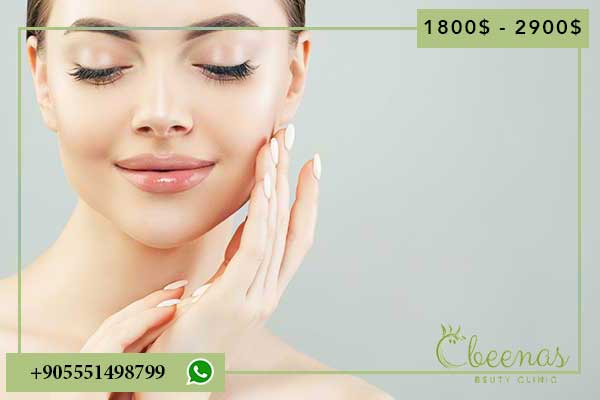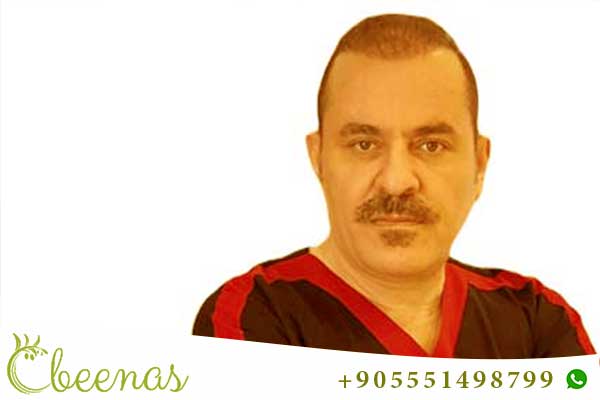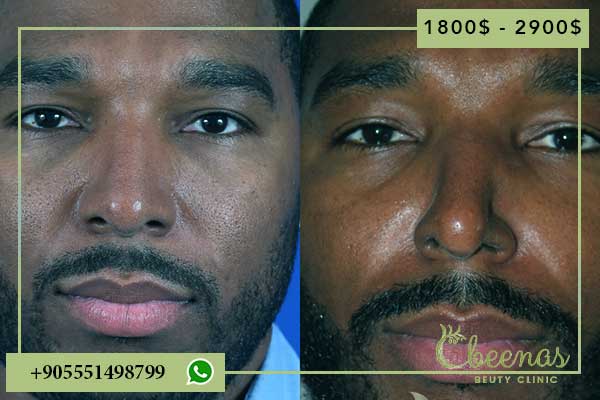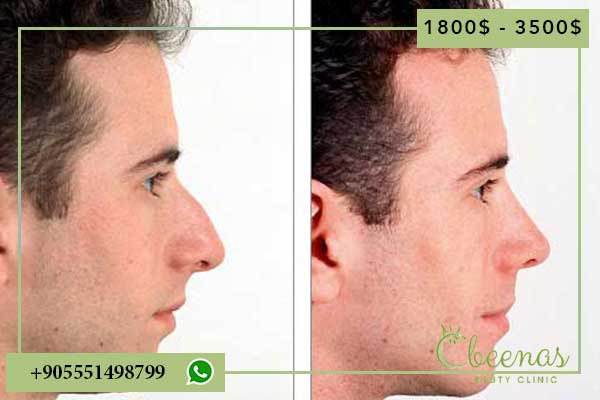Introduction to CoolSculpting & Skin Health
CoolSculpting, an FDA-approved, non-invasive fat reduction method, has become the go-to for anyone looking to ditch stubborn fat without surgery. By freezing fat cells and allowing them to be naturally flushed from the body, CoolSculpting offers a gentler alternative to liposuction, which often leaves excess skin. But one big question remains: Does skin sag after CoolSculpting? Let’s dive into the science behind this popular fat-freezing procedure, explore why it usually avoids sagging skin, and cover tips to get the best results.
What Is CoolSculpting and How Does It Work?
CoolSculpting utilizes cryolipolysis, a process that freezes fat cells under the skin, causing them to break down and leave the body gradually. This process minimizes harm to surrounding tissue, unlike more invasive fat-removal options. Patients can target areas like the abdomen, thighs, arms, and even chin, creating a streamlined appearance over several weeks.
Benefits of CoolSculpting Over Traditional Liposuction
| Feature | CoolSculpting | Liposuction |
|---|---|---|
| Procedure Type | Non-invasive | Surgical |
| Downtime | Minimal | Significant |
| Risk of Sagging Skin | Low (gradual reduction) | High (rapid reduction) |
| Ideal for | Fat reduction, shaping | Fat reduction, shaping |
Are you looking for the best doctor and clinic?
Affordable packages for your budget…
Let us assist you on an enjoyable journey
Why Doesn’t CoolSculpting Cause Skin to Sag?
Unlike procedures like liposuction that remove large volumes of fat immediately, CoolSculpting works gradually. The slow reduction in fat allows the skin time to adjust, minimizing the risk of loose skin. Factors such as skin elasticity, collagen levels, and age also play a role in how well the skin retracts. Younger individuals and those with good skin health generally see better retraction results.
The Role of Skin Elasticity
Skin elasticity is crucial in determining whether the skin will sag after any fat reduction procedure. Collagen and elastin proteins keep our skin firm, but age, genetics, and lifestyle factors can diminish these proteins. CoolSculpting’s gradual approach allows the skin’s elasticity to “catch up” as fat cells disappear, so sagging is minimized.
Factors That Influence Skin Elasticity
- Age: Younger patients often have higher collagen levels, which aid skin elasticity.
- Genetics: Inherited factors affect how well the skin bounces back.
- Lifestyle: Staying hydrated, eating nutrient-dense foods, and avoiding smoking can all improve skin health.
- Skin Care Routine: Using collagen-boosting products or taking supplements may support elasticity.
Additional Treatments for Optimal Skin Tightness
For patients concerned about potential loose skin, combining CoolSculpting with skin-tightening treatments like radiofrequency therapy, ultrasound, or microneedling can enhance results by stimulating collagen production. This way, patients benefit from both fat reduction and skin tightening, especially in areas where skin laxity is more likely.
Combined Treatments for Enhanced Results
| Treatment | Purpose | Benefit for CoolSculpting Patients |
|---|---|---|
| Radiofrequency Therapy | Collagen stimulation | Enhances skin firmness |
| Ultrasound | Elasticity improvement | Supports gradual skin retraction |
| Microneedling | Skin rejuvenation | Reduces skin laxity |
Maintaining Skin Health After CoolSculpting
- Stay Hydrated: Proper hydration supports skin elasticity and helps your body flush out dead fat cells.
- Maintain a Healthy Diet: Eating antioxidant-rich foods can reduce inflammation and support skin health.
- Exercise Regularly: Movement boosts blood flow and helps tighten skin around the treated areas.
- Skincare Products: Products containing retinoids or peptides can support skin structure.
How Age Affects Results: Youthful Skin vs. Mature Skin
Young patients generally see the most seamless results, as youthful skin often has more collagen, making it resilient to sagging. However, those with mature skin can still benefit by combining CoolSculpting with treatments that stimulate collagen or by focusing on lifestyle habits that enhance skin resilience. For example, people in their 40s and beyond might consider radiofrequency therapy to complement the CoolSculpting results and maintain skin integrity.
How to Know if CoolSculpting Is Right for You
If you’re near your goal weight but dealing with small, stubborn fat pockets, CoolSculpting may be the right choice. Ideal candidates should have relatively good skin elasticity, as this can further reduce the chances of sagging. It’s also helpful to consult a CoolSculpting-certified provider who can recommend a tailored approach, perhaps suggesting a combination of treatments if skin laxity is a concern.
Checklist for CoolSculpting Candidates
- Close to goal weight
- Mild to moderate fat pockets
- Good skin elasticity
- Interested in gradual, non-surgical results
Can CoolSculpting Tighten Skin?
While CoolSculpting is not explicitly designed for skin tightening, many patients report some improvement in skin firmness due to the gradual nature of fat loss. This is particularly true for patients with good skin elasticity. Additionally, CoolSculpting can give the appearance of smoother, firmer skin over treated areas because the fat loss occurs gradually. However, for more pronounced tightening needs, adding treatments that promote collagen is advised.
Cost Comparison: CoolSculpting vs. Skin Tightening Add-Ons
For those interested in combining CoolSculpting with skin-tightening treatments, here’s a cost breakdown:
| Treatment | Cost Range (USD) | Purpose |
|---|---|---|
| CoolSculpting | $2,000 – $4,000 | Non-invasive fat reduction |
| Radiofrequency | $500 – $2,500 | Stimulates collagen for skin firmness |
| Ultrasound Skin Therapy | $1,000 – $3,000 | Improves skin elasticity and texture |
| Microneedling | $300 – $700 | Enhances skin tone and elasticity |
Do you want the best clinic and doctor
A price package suitable for your budget
Let us help you have an enjoyable journey
Frequently Asked Questions (FAQ)
1. Does skin sag after CoolSculpting?
No, CoolSculpting minimizes the risk of sagging by gradually reducing fat, which gives the skin time to retract naturally. However, the results depend on individual skin elasticity.
2. Can CoolSculpting be combined with other treatments?
Absolutely. Adding treatments like radiofrequency or ultrasound can enhance skin firmness and improve elasticity, providing a more comprehensive result.
3. How can I improve my skin’s elasticity before CoolSculpting?
Maintain a healthy diet, stay hydrated, avoid smoking, and consider skincare products that promote collagen production.
Conclusion: Achieving a Smooth, Slimmed Look with CoolSculpting
While the thought of sagging skin might make some hesitate to try CoolSculpting, the procedure’s slow and steady approach offers peace of mind. With minimal risk of sagging due to the gradual fat reduction, patients can enjoy a firmer, contoured appearance. And by combining CoolSculpting with additional skin-tightening treatments or simply taking steps to support skin health, anyone can maximize the procedure’s benefits and feel confident about their skin’s future.
For those considering CoolSculpting, the journey to a slimmer, more sculpted self awaits—and with the right care and complementary treatments, you can sidestep sagging concerns and enjoy long-lasting results.






